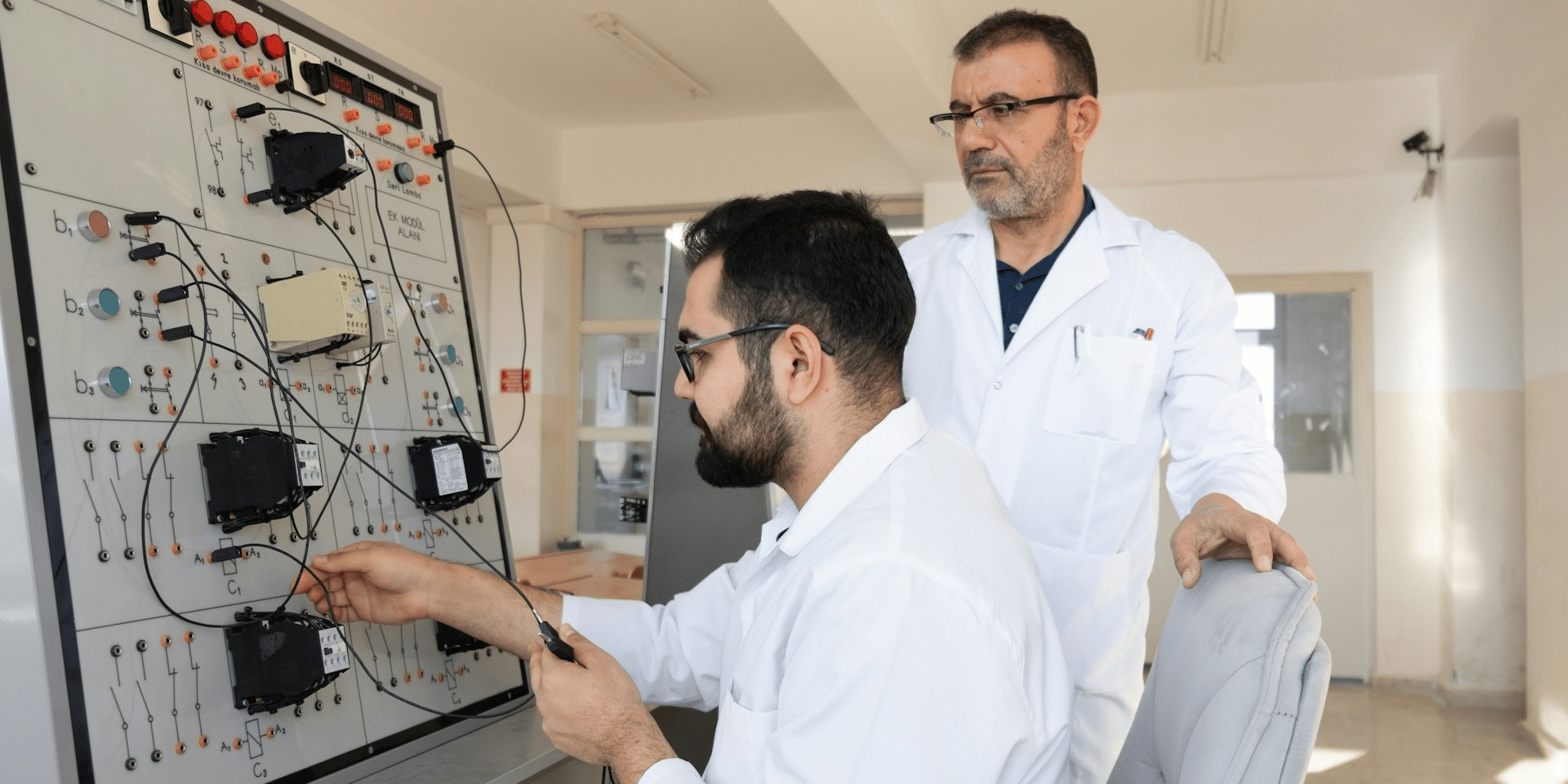By: John Glover (MBA)
Plastic production is one of the largest contributors to greenhouse gas (GHG) emissions, with a staggering 1.6 billion tons generated annually. Shockingly, only around 2% of this plastic waste is recycled, leaving a massive environmental footprint. JD Ambati, CEO & Founder of EverestLabs, points out, “Plastic production and waste represent part of climate change’s root cause.” This issue is critical, as the limited recycling of plastics compounds our already significant climate challenges.
One of the potential solutions to this issue lies in Extended Producer Responsibility (EPR) legislation, which holds consumer packaged goods (CPG) brands accountable for the entire lifecycle of their products, including packaging. EPR laws are designed to encourage companies to create more sustainable packaging solutions, reducing the environmental impact of their products. In regions like the European Union and Canada, EPR regulations for packaging are already well-established. However, the United States is still in the early stages of adopting this approach despite growing momentum at both state and federal levels. Ambati emphasizes, “EPR legislation holds CPG brands accountable for creating more sustainable solutions.”
So, what’s the next step for companies that need to align with this shift toward sustainability? The answer lies in leveraging advanced technologies, such as automation and artificial intelligence (AI), which can provide valuable insights into the lifecycle of packaging materials. “Today, technologies that provide automation and data, such as robotics and AI, are able to support these sustainability efforts by providing companies with data on whether their packaging is getting recycled and how to optimize packaging design and material,” Ambati adds.
The introduction of AI-driven data and robotics could drastically change how businesses design, package, and recycle their products. These technologies enable CPG companies to track what happens to their packaging after it leaves their facilities. By providing real-time data on recyclability, businesses can better design packaging that fits into the circular economy, where materials are reused rather than discarded. This process is good for the environment and presents significant cost savings for companies in the long run.
EPR legislation is gaining momentum in the United States, following a global trend that encourages sustainability. However, many companies and organizations are still trying to understand the various proposals and policies being introduced. A recently developed guide aims to clarify the key components of EPR policy in the U.S. by breaking down the differences between state and federal proposals. The guide is intended to help businesses and policymakers navigate the complexities of EPR legislation and develop a deeper understanding of its impact on packaging waste management.
While EPR programs for packaging are already in place in parts of Europe and Canada, the U.S. has historically lagged behind. Some states have introduced EPR programs for specific products, like paint and electronics, but packaging remains a gray area. The introduction of EPR for packaging is gaining more support from policymakers, nonprofit organizations, and trade associations. Many of these groups have released policy positions supporting EPR or other financing systems that shift the cost of waste management from taxpayers to producers.
However, not all policies explicitly mention EPR, which can make it difficult for companies to understand the implications of the different proposals. The guide mentioned above compares these various proposals and highlights how financing mechanisms differ between bills. Understanding these differences is crucial for businesses that want to stay ahead of the curve in implementing more sustainable practices.
But the clock is ticking. Climate change isn’t going to reverse itself. As Ambati puts it, companies must work together to return to the drawing board and find innovative ways to meet the growing sustainability demands. The adoption of AI and robotics, alongside the implementation of EPR legislation, offers a tangible path forward. It’s no longer just about being environmentally responsible; it’s about ensuring long-term profitability and survival in a world that is increasingly prioritizing sustainability.
In conclusion, EPR legislation and advanced technology can help create a more sustainable future. CPG companies must adopt these tools to reduce plastic waste, improve recycling rates, and make significant strides in the battle against climate change. The future of the planet depends on the actions we take today—both as consumers and corporations.
Published by: Holy Minoza






